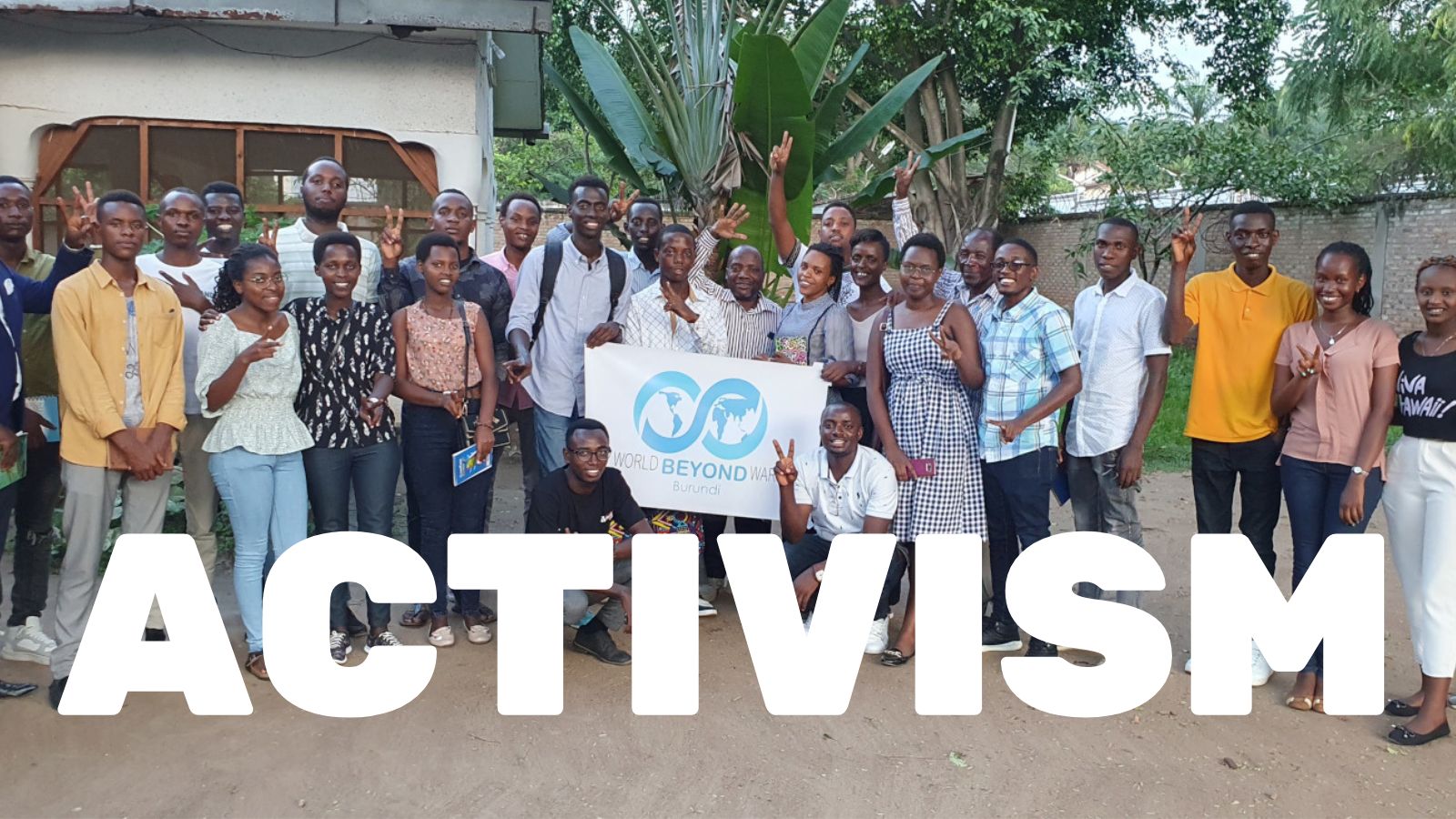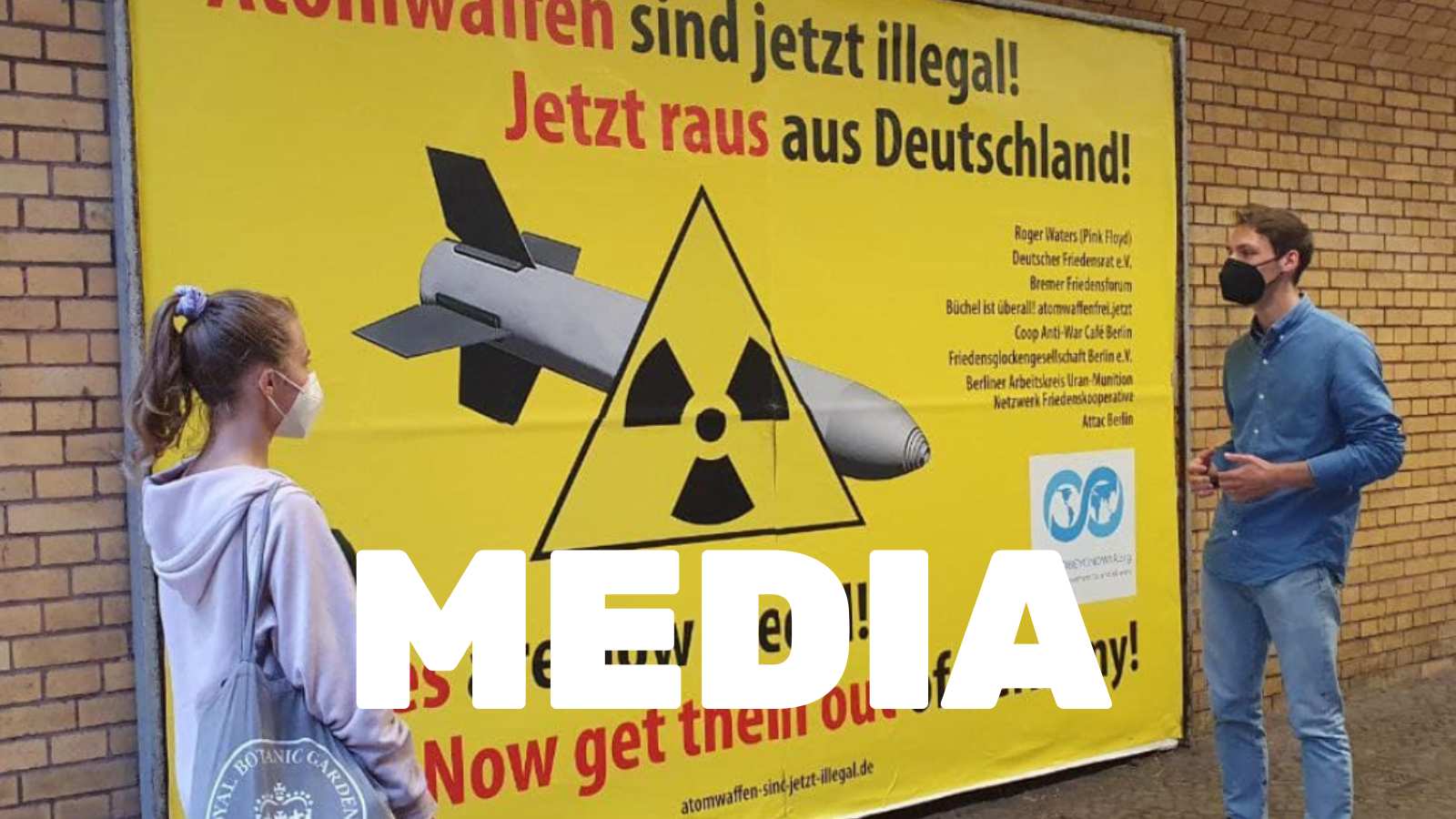
By Pat Elder, January 23, 2020
The following article was submitted to the East Bay Express but never received a response.
The well water in Pleasanton, California is highly contaminated with PFAS. Where is it coming from?
Brett Simpson’s East Bay Express article, The Coming National Water-Quality Crisis, (Jan. 14) did not fully examine the extent of PFAS contamination in Pleasanton’s water and failed to consider nearby military installations as a potential cause of PFAS contamination in the town’s water.
The article says Pleasanton’s Well 8 was found to contain 108 parts per trillion (ppt) of PFAS. The water contained 250.75 ppt of the carcinogens, according to the California Water Board.
First round of PFAS sampling for Public Water Systems – April 1st to June 30th 2019
Sources: waterboards.ca.gov and militarypoisons.org.
| PFAS Chemical | PPT | PFOS/PFOA | Other PFAS | Total PFAS |
| PERFLUOROOCTANE SULFONIC ACID (PFOS) | 115 | |||
| PERFLUOROOCTANOIC ACID (PFOA) | 8.75 | |||
| PERFLUOROBUTANESULFONIC ACID (PFBS) | 11.5 | |||
| PERFLUOROHEPTANOIC ACID (PFHpA) | 13 | |||
| PERFLUOROHEXANE SULFONIC ACID (PFHxS) | 77.5 | |||
| PERFLUORONONANOIC ACID (PFNA) | 5.5 | |||
| PERFLUOROHEXANOIC ACID (PFHxA) | 19.5 | |||
| 123.75 | 127 | 250.75 |
The media and water systems across the country often neglect to report the presence and significance of “non-PFOS + PFOA” polyfluoroalkyl substances (PFAS) and confuse the public on the differences between these and the relatively well-known PFOS and PFOA. Per Fluoro Octane Sulfonic Acid (PFOS) and Per Fluoro Octanoic Acid (PFOA) are two of more than 6,000 PFAS chemicals that have been developed, and they’re all considered to be a threat to human health.
Let’s try that again. PFOS and PFOA are two types of PFAS and they’re all bad.
The Los Angeles Times ran a story in October of 2019, Hundreds of wells are contaminated across California. The article included an interactive map that underreported PFAS contamination across the state. For instance, click on the dots on the map for Pleasanton and you’ll only find numbers that correspond to PFOS and PFOA contamination. They total 123.75 ppt. The town, however, has 127 ppt of five “other PFAS” in its water, totaling 250.75 ppt. Click on Burbank and you’ll discover the town has no PFOS/PFOA contamination; however, Burbank has 108.4 ppt of the other harmful chemicals.
PFBS, PFHpA, PFNA, PFHxA and PFHxS all showed concentrations in Pleasanton’s water that exceed the state’s 5.1 ppt. notification level for PFOA. PFHxS showed a whopping 77.5 ppt. These chemicals are used in a variety of military and industrial applications.
Don’t doubt they’re harmful.
All PFAS chemicals are dangerous and we shouldn’t be drinking them. The nation’s top public health officials say 1 ppt of PFAS is potentially dangerous to public health. Pregnant woman in Pleasanton should be immediately warned not to drink water containing PFAS.
PFAS levels in water (drinking water and ground water) ought to be closely regulated and frequently reported to the public by the federal government, states, and local governments. Studies submitted to the Persistent Organic Pollutants Review Committee of the Stockholm Convention report these finding for PFHxS found in high levels in Pleasanton’s water:
- PFHxS has been detected in umbilical cord blood and is transmitted to the embryo to a larger extent than what is reported for PFOS.
- Studies have shown an association between serum levels of PFHxS and serum levels of cholesterol, lipoproteins, triglycerides and free fatty acids.
- Effects on the thyroid hormone pathway have been shown for PFHxS in epidemiological studies.
- Prenatal exposure to PFHxS is associated with occurrence of infectious diseases (such as ottis media, pneumonia, RS virus and varicella) in early life.
The U.S. has failed to ratify the Stockholm Treaty mentioned above. Its ratification would `adversely affect the bottom line of many deep-pocketed and politically entrenched chemical manufacturers.
At the same time, the U.S. government is providing substantially less information to the public on these dangerous chemicals.
For instance, Toxnet, an amazing resource that examined the effects of substances like PFHxS, was recently dismantled by NIH’s, National Library of Medicine.
Toxmap was also recently discontinued by NIH. That service provided an interactive map for finding chemical release sites across the country.
The fox rules the henhouse.
With the EPA sitting on the sidelines by refusing to regulate PFAS chemicals and the state of California dragging its feet in establishing maximum contaminant levels for PFAS, it is important for vulnerable communities like Pleasanton to take the lead in protecting public health.
Sadly, this is in sharp contrast to statements by city and water officials across the country who look to the federal government or state government for solutions. For instance, Pleasanton City Council member Jerry Pentin said, “We need the state to take the lead, the federal government to take the lead, and help us find solutions so our water is safe.”
The East Bay Express reported, “The city still doesn’t know where the contamination is coming from. Because the chemicals have become so ubiquitous and persistent in the environment, high detection levels don’t always point to an obvious polluter, like an industrial facility, a landfill, or an airport.”
Of the 568 wells tested by the California State Water Resources Board for PFAS chemicals in 2019, 308 (54.2%) were found to contain a one or a variety of PFAS.
The Water Board tested civilian airports, municipal solid waste landfills, and drinking water sources within a 1-mile radius of wells already known to contain PFAS. With a few exceptions like Pleasanton, the testing stayed away from communities close to military installations. A total of 19,228 parts per trillion (ppt) of the 14 kinds of PFAS tested were found in those 308 wells. 51% were either PFOS or PFOA while the remaining 49% were other varieties of PFAS.
Meanwhile, five military bases in the state: China Lake Naval Air Station, Port Hueneme Naval Base Ventura County, Mather Air Force Base, Tustin USMC Air Station, and Travis Air Force Base have contaminated groundwater with 11,472,000 ppt, of PFOS + PFOA. If the roughly 50-50 split between PFOS/PFOA and other PFAS contaminants found in 308 wells tested throughout the state is any indication, these five installations my be responsible for PFAS contamination at levels above 20,000,000 ppt. More than 50 military bases are known to have used PFAS in California. The military has likely discharged hundreds of thousands of gallons of fire-fighting foam containing these deadly carcinogens into California’s groundwater and surface water.
Although the Army has divulged that dinking water is contaminated with PFAS chemicals at nearby Camp Parks, it has not revealed the results of groundwater testing on base.
Likewise, Lawrence Livermore National Laboratory has not made public the extent of PFAS contamination in its groundwater or drinking water, although the facility is among the most contaminated places in the country. Many of the experiments conducted there involve testing explosive devices that would require the use of fire suppressants. Volatile organic compounds (VOCs) like TCE, PCE, Depleted Uranium, tritium, PCBs and dioxins, perchlorate, nitrates and freon are the primary contaminants found at the site.
Toxic debris is spread around the facility, including radioactive animal pits. The feds buried lab equipment, craft shop debris and biomedical waste. Livermore has toxic disposal lagoons and a high – explosives burn area. This activity contaminates the land, air, and water near Pleasanton.
Folks in Pleasanton aren’t sure where the PFAS is coming from. It’s not that difficult to find out. Test the groundwater near Livermore and Parks.
Pat Elder is on the World BEYOND War board of directors, and can also be found at www.civilianexposure.org and
www.militarypoisons.org.









One Response
we want the truth whats in the water everywhere? is it fluoride? or any other types of chemicals